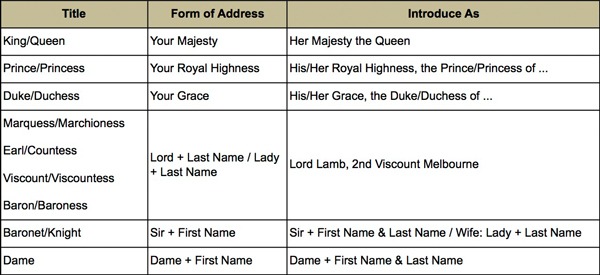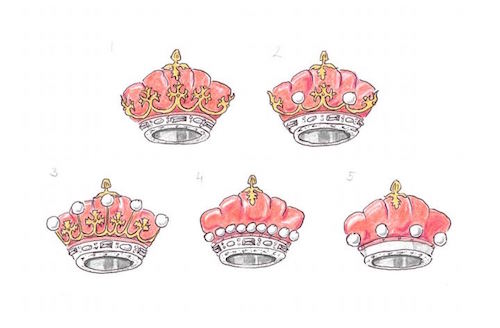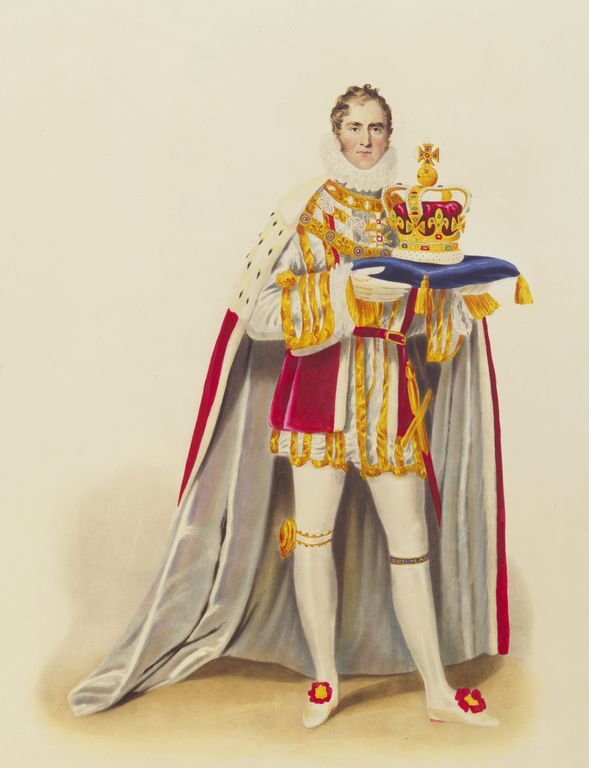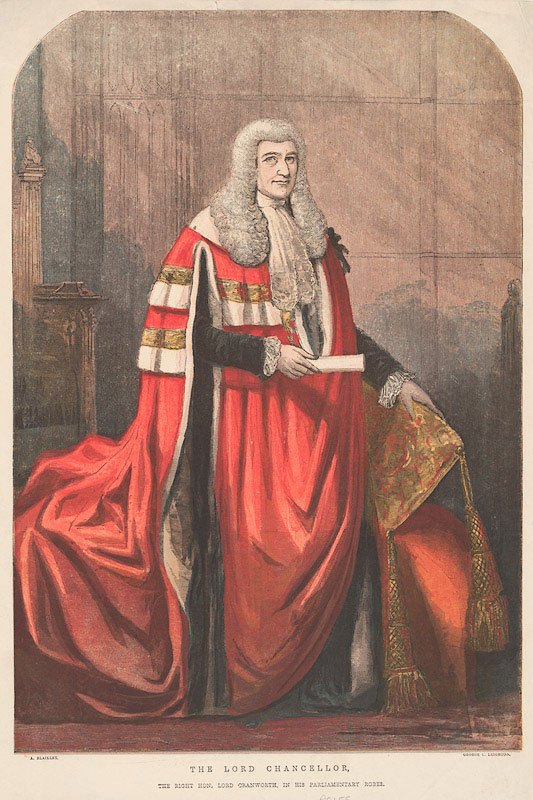I threw a picnic in our garden the other day. We were busy with all…
English Peerages explained in a nutshell aka what Meghan Markle (probably) has to learn
Lord Grantham, Lady Chatterton, Baron Merton, Countess of Grantham, Lord Meldrum, The Honourable Mr. Teddy, Sir Ralph Shawcross…
You can hear different titles of the English aristocracy just like Lord, Earl, Baron, Viscount, Lady etc in many films. I must admit the English peerages have never been clear to me and it started to annoy me, so I looked it up.
Like many other things in England, peerages are not simple either. In fact, they are rather complicated, therefore, I attempt to sum it up the best as I can to give you the essence of it without being exhaustive.
Basics
01.
Titles of the peerage are created by the reigning monarch.
02.
There are two types: peerages for life which cannot be inherited and heritable titles: Life Peers and Hereditary Peers.
Life Peers
From time to time the reigning monarch created life peers that could not be passed onto someone else by inheritance. For example the bishops of the Church of England belong to the House of Lords, however, neither their title or spiritual function could be inherited.
Hereditary Peers
The title is always owned by one person only, meaning the son of an Earl is not considered as an Earl. (Remark: in Hungary it would be.) When the current holder dies, his title passes to his eldest, legitimate son. If he does not have sons at all, the title would pass on to the next male relative in line. If there is no heir to inherit it, the title becomes known as “extinct”. (Interesting how different these things were back in time: in Hungary the daughters of a peer would inherit both the title and the wealth.)
03.
Every peerage belongs to the House of Lords, but not every Lord has a peerage.
What does it mean? It means that lord is an umbrella term which includes both the aristocracy (peerages like Earls, Dukes etc) and important members of the state like prime ministers and spiritual leaders like archbishops, bishops etc. In other words: the latter are not aristocrats, so not “blue blooded”, they get their title because of their important function.
04.
Peers have five ranks in Engalnd in the following, ascending order of hierarchy:
Baron, Viscount, Earl, Marquess and Duke. Interestingly, in my home country, Hungary there are 4 ranks of peers only: Baron, Earl, Duke and King. We lack of the ranks Viscount and Marquess. The below chart shows the female counterpart of every rank plus how to formally address them.

The names of peers often consist of 4 elements:

Other interesting facts:
- A peer can hold several titles, meaning if an Earl becomes a Marquess he can retain both titles, but will use the highest rank.
- The son of a Duke, a Marquess and an Earl always uses the father’s second highest rank.
- Every legitimate wife of a peer is entitled to use the female counterpart of the rank, but it does not apply the other way round: husbands of female peers are not entitled to use it.
- The official title of the Mayor of London is The Lord Mayor of London.
- Judges of British courts are called My Lord.
- You could ask what about the title Prince. Well, this could be the 6th rank of peers, however, there is only one rank of that kind: the Prince of Wales.
- Baronets and Knights belong to the class Gentry and they are not peers.
Coronation Robes
Now that we know the basics of the peerages in England, let’s have the icing on the cake! I noticed at the home of Lord Nuffield, the founder of the Morris Mini car, that he and his wife owned a coronation robe. As I am always up to a little bit of fun, I put the costume on, but more importantly, I made a bit of research why they had a coronation robe at all.
Every peer had coronation robes and coronets (not crowns!) which they only ware at Coronation(s).
I must admit, I was not aware that peers are differentiated by their robes as well. The main difference is the coronet – see below drawings (no royalty-free image available, hence I drew it myself).
1) Duke – 8 strawberry leaves
2) Marquess – 4 strawberry leaves, 4 silver balls
3) Earl – 8 silver balls with strawberry leaves
4) Viscomt – 16 silver balls
5) Baron – 6 silver balls

This is not the only thing that reveals the rank. The number of rows of the spots on the ermine cap of the robe, also does that. A duke has 4, a Marquess has 3, an Earl has 2 and a Baron has 1 row of spots. Equally in case of a peeress not only the spots were symbols of her rank, but the length of the train (longest 1.82m, shortest 91.44cm) and the width of the ermine edging.

On top of this, peers had another robe which they wore (and still do) in the House of Lords. These were striped most of the times.

~
Wow, I have to say. Mainly because it is incredible that these old traditions are still alive in the UK. This is very strange for somebody like me who comes from a country where we do not have monarchs and traditions linked to it. Although the peerage system is much more complicated than explained above and I am sure Meghan Markle has to do some more in-depth study, hopefully this post helps to understand films like Downtown Abbey much better. 🙂




Kérem, hogy az Uppark-i konyha fényképét felhasználhassam egy tanulmányomban. Fenti érthető magyarázatot az angol arisztokrácia rangjairól köszönöm és igen hasznosnak találtam.
Köszönettel:
Prof. Dr. Felkai Péter
Kedves Péter! Köszönöm szépen a visszajelzést, örülök, hogy hasznos találta az írást. Köszönöm, hogy megkeresett a fotóval kapcsolatban. Használja nyugodtan, csak annyit kérek, hogy a forrást legyen kedves megjelölni. Köszönettel: Gizella